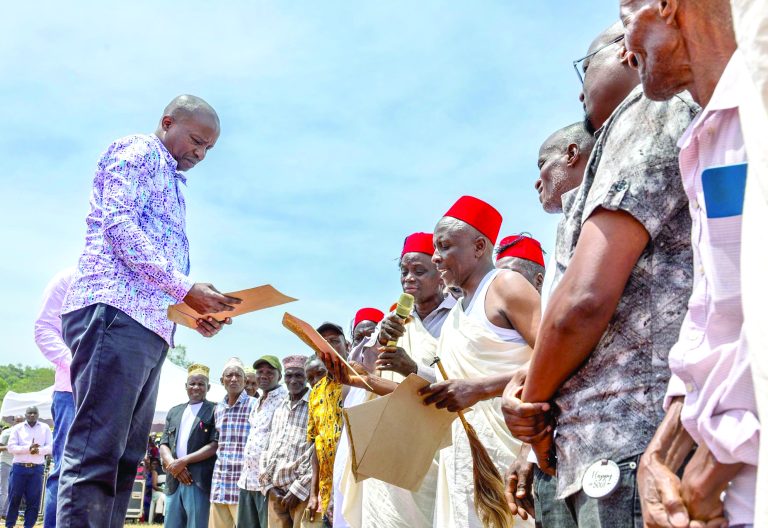Why exotic tree species are being removed from Karura Forest – KFS

Kenya Forest Service (KFS) has explained why an exercise to remove exotic tree species from Karura Forest has been ongoing.
Members of the public have been questioning the exercise, with some saying that it is a deforestation process, but KFS have come out to explain why they initiated the process.
“There are claims on some social media platforms that the ongoing removal of exotic tree species from Karura Forest is forest destruction. This cannot be further from the truth.
“Kenya Forest Service (KFS) would like to assure the public and visitors of Karura Forest that what is going on is a normal plantation management activity that involves harvesting of mature exotic plantation species as per the Karura Forest Participatory Forest Management Plan (PFMP), which is a legal document developed in collaboration between the KFS and the Community Forest Association (CFA), in this case being Friends of Karura Forest (FKF).
“According to the PFMP, Karura Forest, being an urban recreational forest, would be reverted back to a purely indigenous forest through the gradual removal of exotic plantation tree species that occupy some parts of the forest,” a statement by KFS posted on its X handle on Tuesday, October 29, 2024, reda.

KFS have also explained why the exercise has been initiated now.
“This programme in fact began over six years ago, but following the 2018 moratorium on logging in public forests, the exercise was stopped. However, following the lifting of the ban on harvesting of mature plantations, KFS has continued with the programme that will eventually see the removal of the exotic species comprising of eucalyptus and cypress in specific areas,” it added.
According to KFS, this exercise is permitted by law and adds that they have followed laid-down regulations in doing so.
“The procedures for disposing of plantation materials have been followed to the latter as laid in the law.
“The procedure includes inventory of the selected plantations as per the Karura PFMP, bidding and awarding of tenders, and clear-felling and removal of plantation material.
The process of replanting and restoring the harvested sites will include: site clean-up and removal of invasive species; site preparation for replanting; actual planting of indigenous trees, shrubs, and climbers suitable for the ecological zone; aftercare and maintenance; and monitoring and evaluation to ensure maximum survival rate.
“Care has been taken to ensure minimal disturbance to the ecosystem and the public,” it added.















